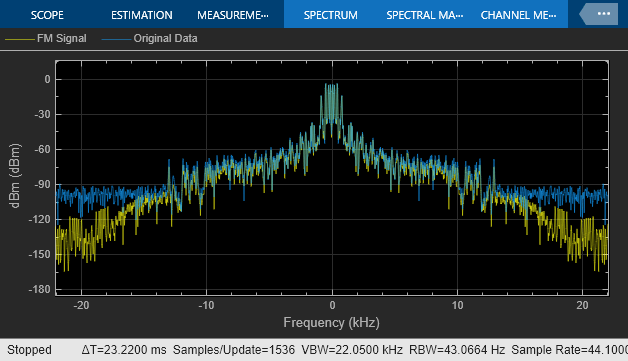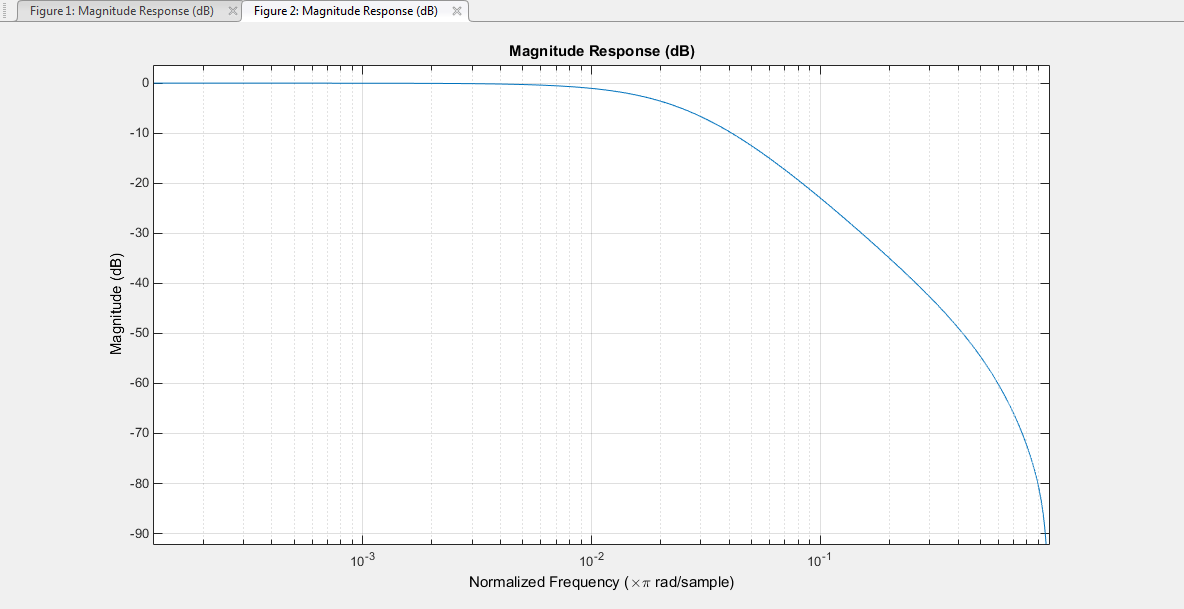FM Broadcast Modulator Baseband
Modulate using broadcast FM method
Libraries:
Communications Toolbox /
Modulation /
Analog Baseband Modulation
Description
The FM Broadcast Modulator Baseband block creates the FM channel structure for broadcast of an FM signal. For more details, see Algorithms.
This icon shows the block with all ports enabled.![]()
Examples
Limitations
If you select RDS/RBDS modulation, both the audio and RBDS inputs must satisfy this equation:
The input length of the audio signal must be an integer multiple of the audio decimation factor.
The input length of the RBDS signal must be an integer multiple of the RBDS decimation factor.
Ports
Input
Output
Parameters
Block Characteristics
Data Types |
|
Multidimensional Signals |
|
Variable-Size Signals |
|
Algorithms
References
[1] Hatai, I., and I. Chakrabarti. “A New High-Performance Digital FM Modulator and Demodulator for Software-Defined Radio and Its FPGA Implementation.” International Journal of Reconfigurable Computing (December 25, 2011): 1–10. https://doi.org/10.1155/2011/342532.
[2] Taub, H., and D. Schilling. Principles of Communication Systems. McGraw-Hill Series in Electrical Engineering, 142–55. New York: McGraw-Hill, 1971.
[3] Der, Lawrence. "Frequency Modulation (FM) Tutorial." Silicon Laboratories Inc.: 4–8.
Extended Capabilities
Version History
Introduced in R2015a





